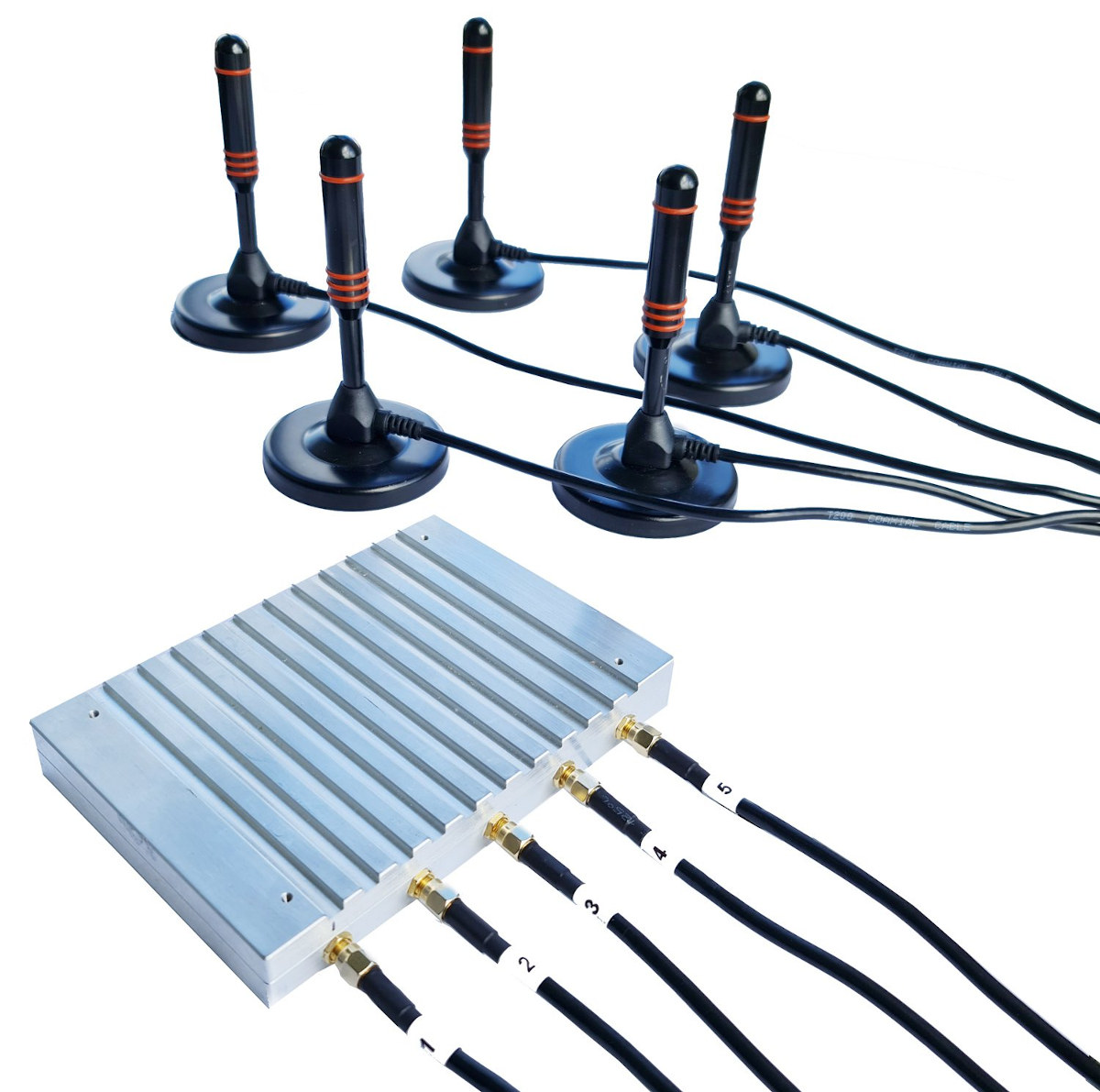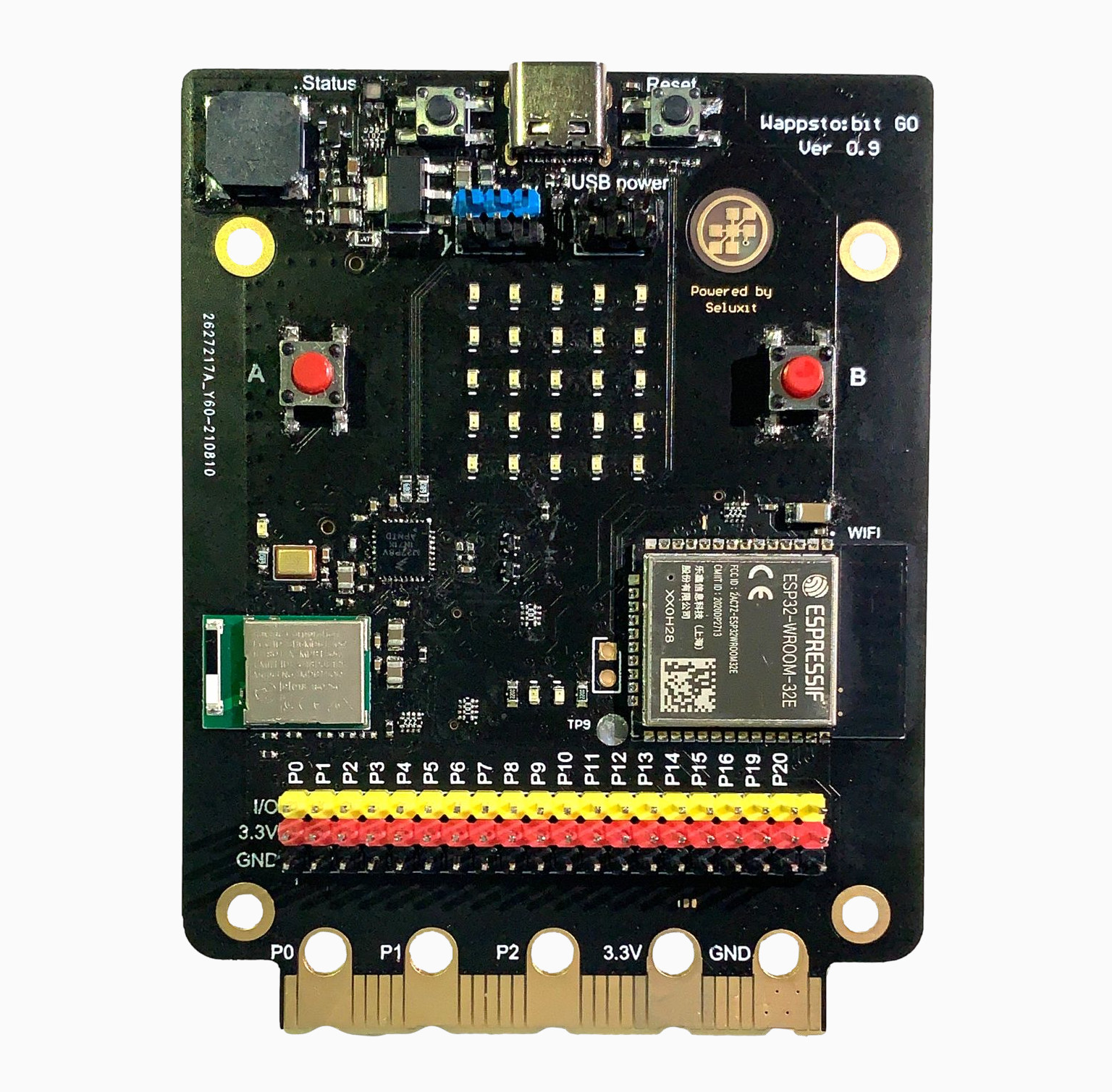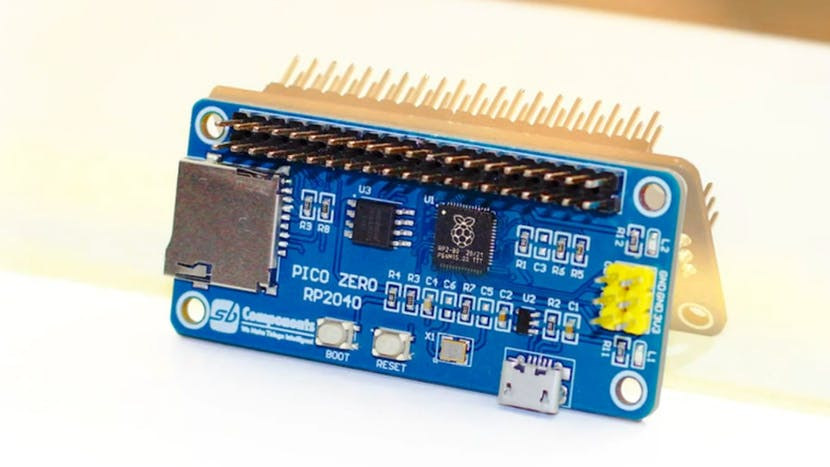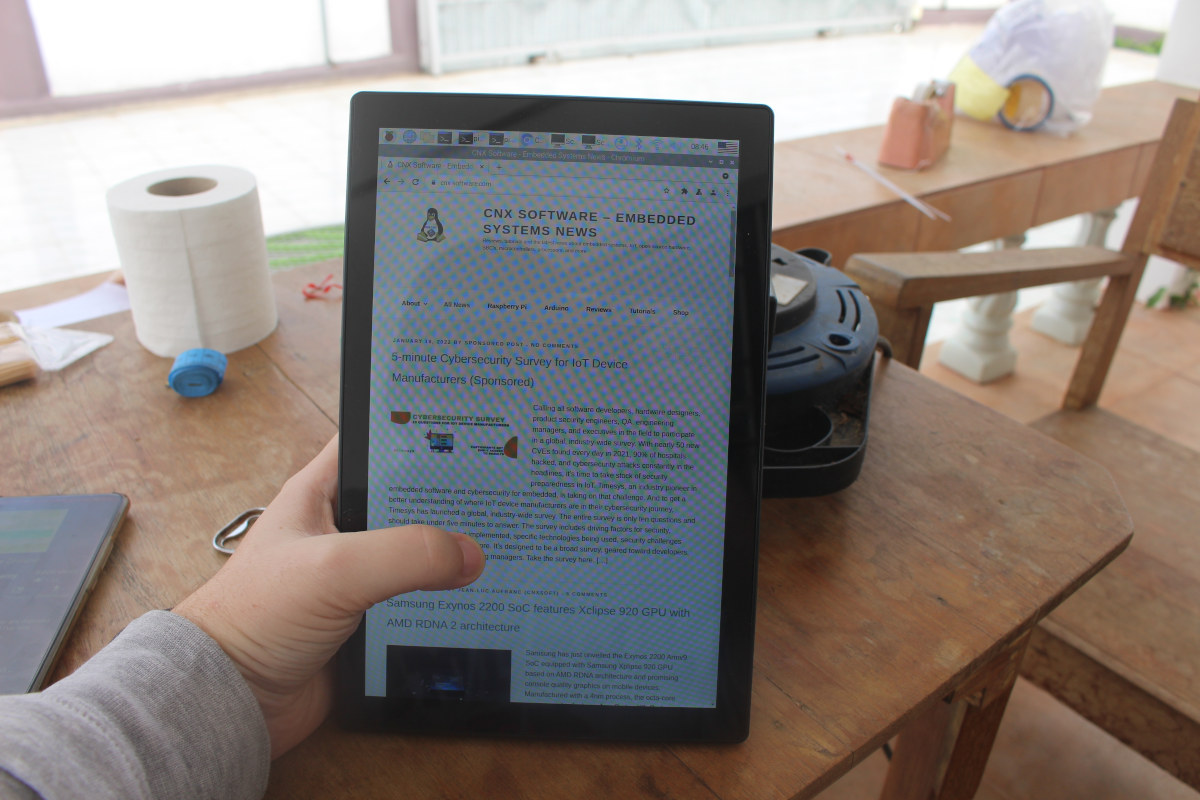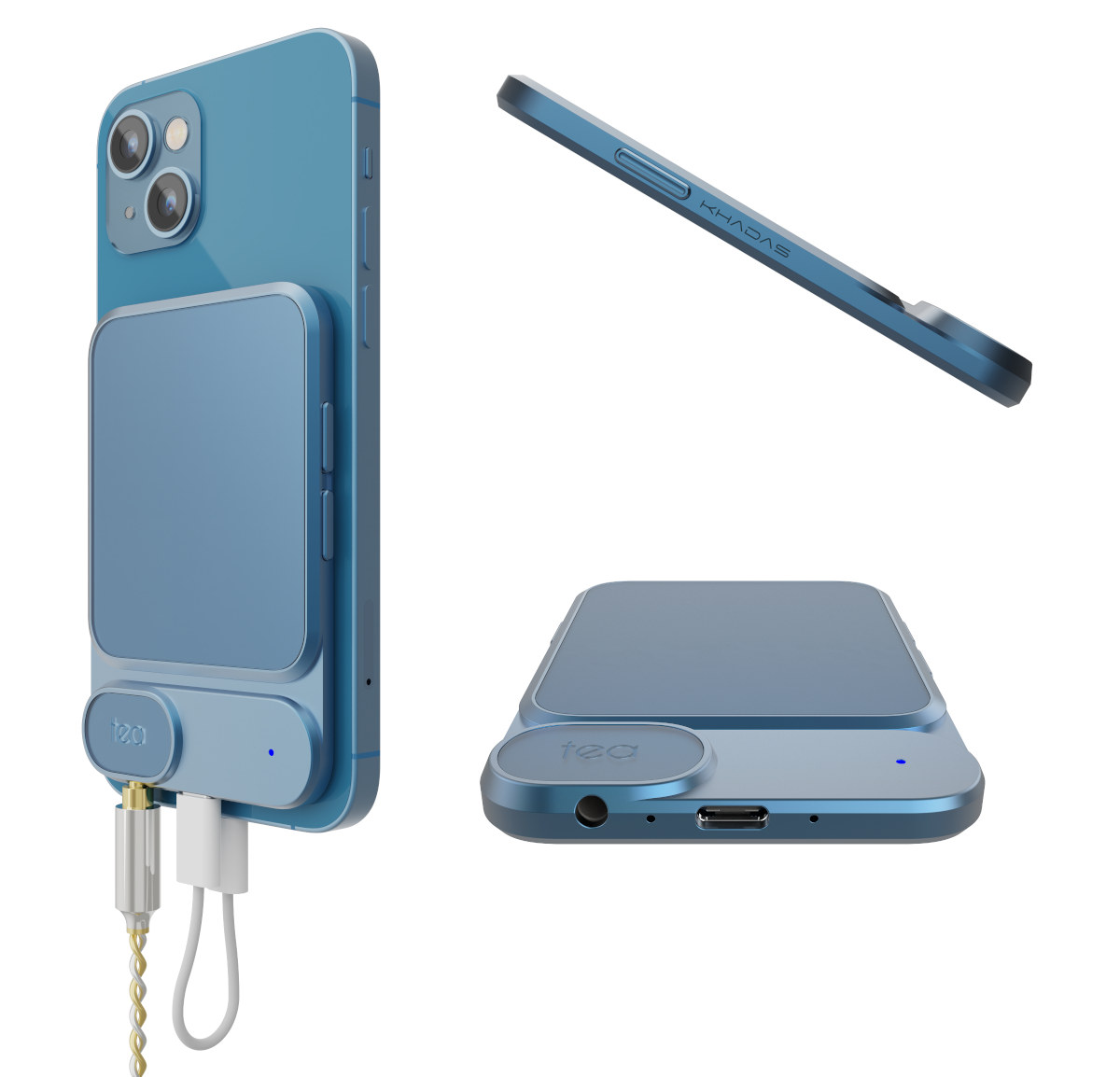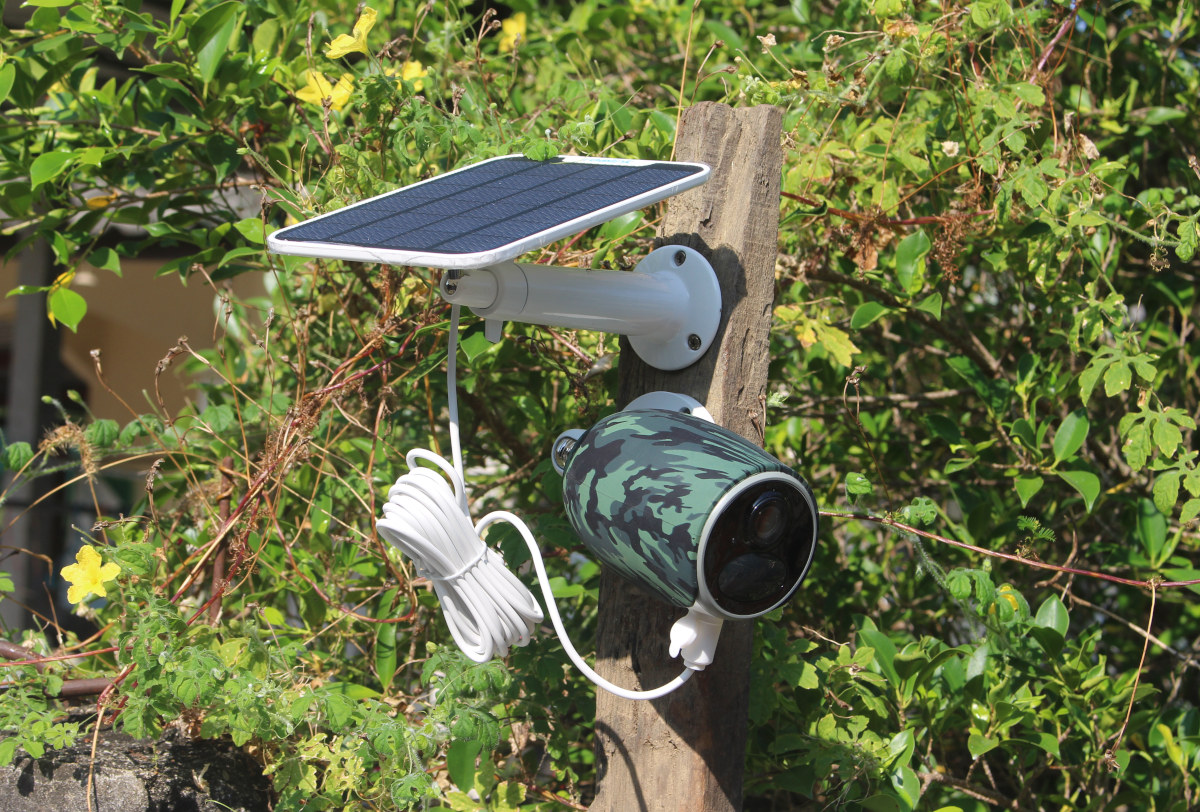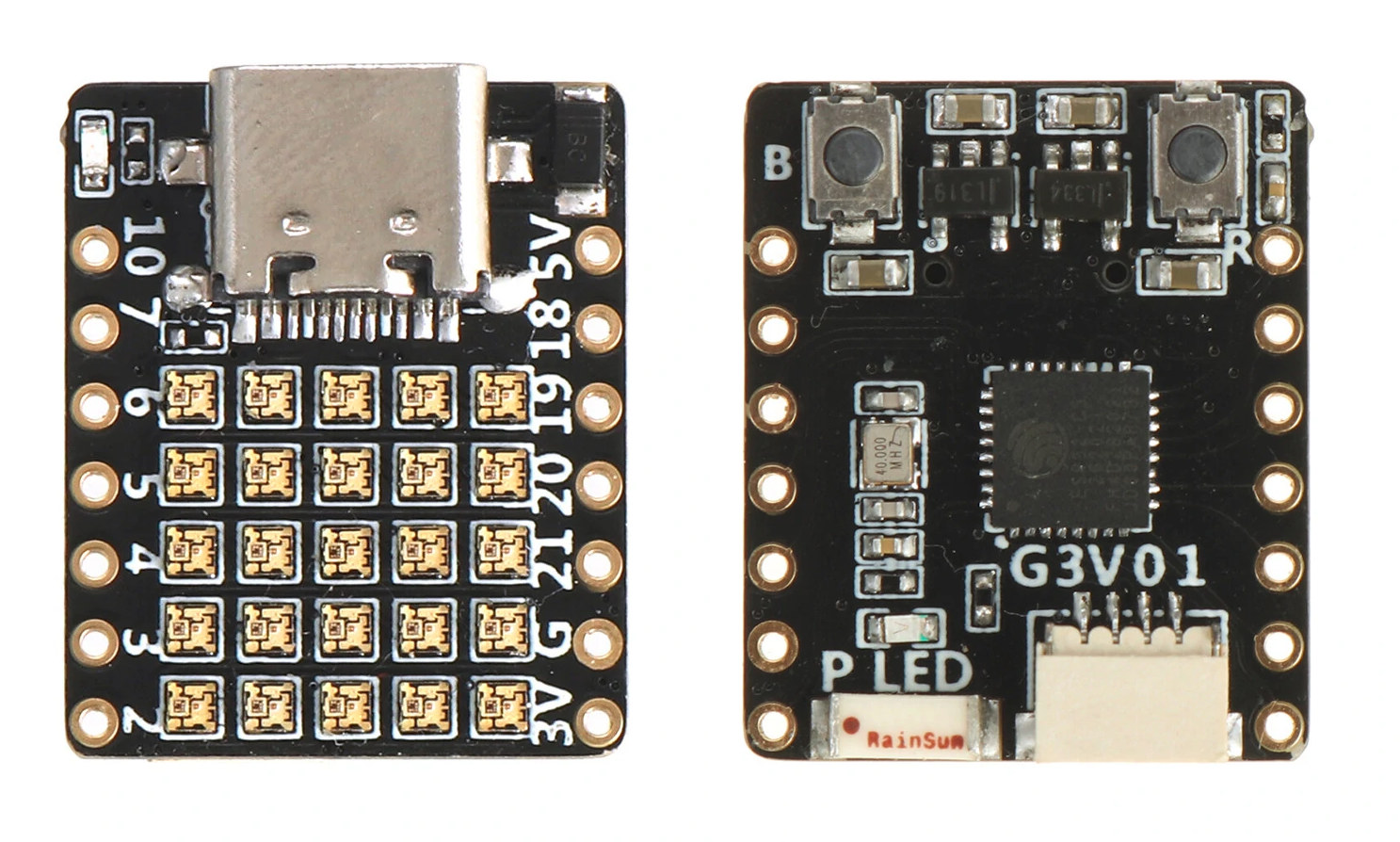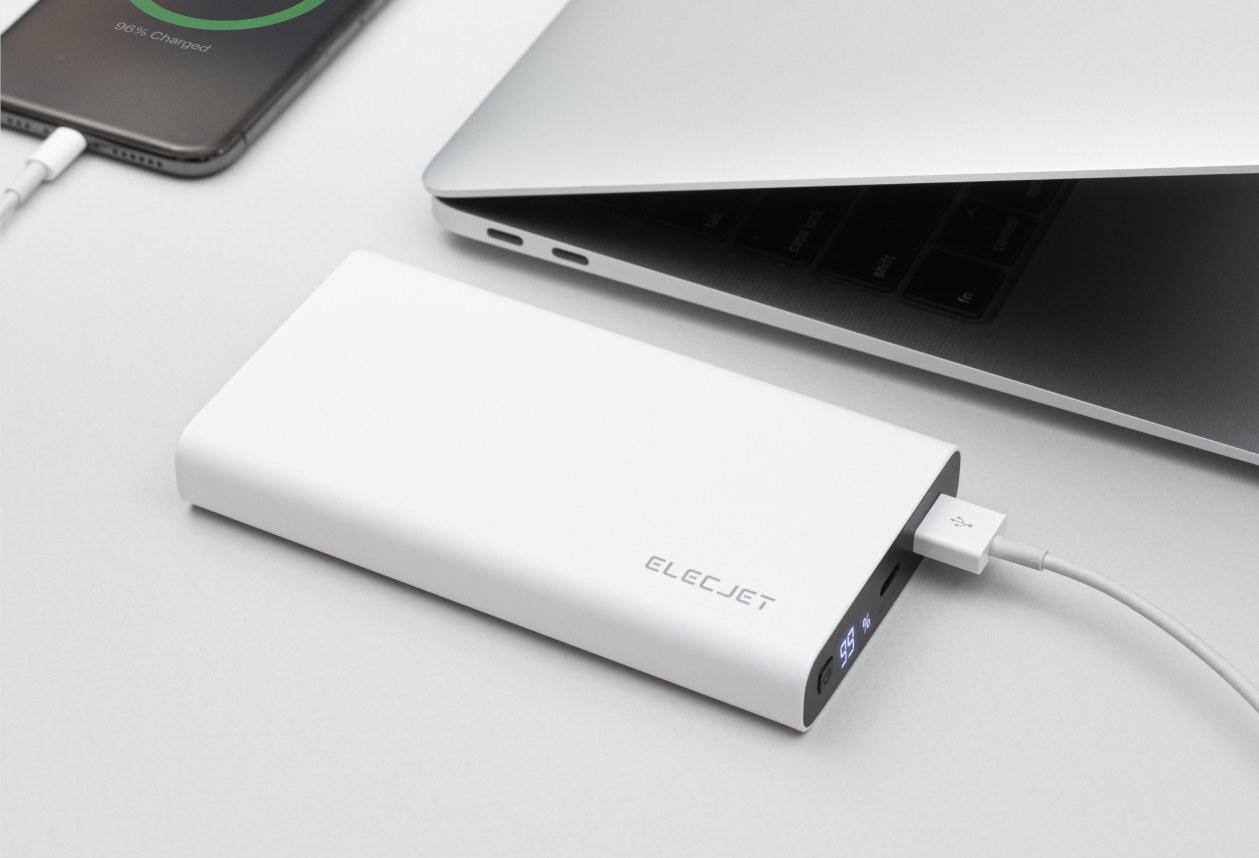KrakenRF KrakenSDR is a software-defined radio (SDR) with five coherently-operated receive channels that’s basically the equivalent of five cheap RTL-SDR USB dongles based on the R820T2 chip with a single board housed in a metal enclosure equipped with five custom antennas. KrakenSDR operates in the usual 24 MHz to 1766 MHz tuning range and connects over USB to the host system, preferably a Raspberry Pi4 as the open-source Core DAQ and DSP software is designed for the popular single board computer. There’s also an Android for location finding that is free to use for non-commercial applications. KrakenSDR specifications: Five-channel, coherent-capable RTL-SDR (5x R820T2 tuners + RTL2832U ADCs), all clocked to a single local oscillator, ESD protection 5x SMA Antenna inputs Tuning Range – 24 MHz to 1766 MHz standard R820T2 RTL-SDR range and possibly higher with hacked drivers Built-in automatic coherence synchronization hardware Automatic coherence synchronization and management via provided […]
Wappsto:bit GO – An ESP32 board with plenty of sensors, Micro:bit compatibility (Crowdfunding)
Wappsto:bit GO is an ESP32 board compatible with BBC Micro:bit accessories thanks to a compatible edge connector, but adding WiFi to Bluetooth LE, and offering some extras compared to Elecrow Mbits ESP32-based BBC Micro:bit clone. The new board is notably equipped with a wider range of sensors including a light sensor, a magnetometer, and sound sensor beside the temperature sensor and accelerometer present in the original board, and it also exposes GPIO through a more traditional 2.54-pitch header to facilitate the integration of a wider variety of add-on boards. Wappsto:bit GO specifications: Wireless modules ESP32-WROOM-32E module with ESP32 dual-core microcontroller, 4MB flash, 2.4 GHz WiFi and Bluetooth LE connectivity, built-in PCB antenna Raytac MDBT50Q-512K Bluetooth 5.2 module based on nRF52833 with 512KB Flash MCU – NXP Kinetis KL2 Arm Cortex-M0+ microcontroller (MKL27Z256VFM4 ) with 256KB Flash (for USB port handling) Display – 25 LED matrix Sensors Temperature sensor, Light sensor […]
StackyPi – A Raspberry Pi RP2040 board with Raspberry Pi Zero form factor (Crowdfunding)
SB Components’ StackyPi is a development board based on Raspberry Pi RP2040 MCU that happens to follow the Raspberry Pi Zero form factor. The board is equipped with 8MB SPI flash for the firmware, a MicroSD card socket, a micro SB port, two buttons, and a 40-pin GPIO header that makes it compatible with some Raspberry Pi uHAT and HAT expansion boards. StackyPi specifications: MCU – Raspberry Pi RP2040 dual-core Cortex-M0+ microcontroller @ up to 133 MHz with 264KB SRAM Storage – 8MB (64Mbit) SPI flash, MicroSD card socket USB – 1x Micro USB port Expansion – 40-pin GPIO header with GPIO, I2C, UART, SPI, etc… mostly compatible with Raspberry Pi header (3.3V I/Os) Misc – Reset and Boot buttons Power Supply- 5V via Micro USB port Dimensions – 65 x 30 mm (Raspberry Pi Zero form factor) The main advantage of such as board is that it can support […]
10.1-inch RPI All-in-One PC review with Raspberry Pi 4
A couple of months ago I received “RPI All-in-One”, a 10.1-inch touchscreen display for Raspberry Pi boards, listed the specifications, checked out the package content, installed a Raspberry Pi 4 inside the display before booting my new all-in-one (AiO) PC successfully. I’ve now had time to spend more time with the PC/display and see how it performs under various conditions. I also tested HDMI and USB-C input features with a laptop and mini PC. Fan or fanless operation? After updating Raspberry Pi OS, I ran sbc-bench.sh script together with rpi-monitor to see how the Raspberry Pi 4 with 1GB RAM would perform under load with the (noisy) fan enabled.
|
1 2 3 4 5 6 7 8 9 10 11 12 13 14 15 16 17 18 19 20 21 22 23 24 25 26 27 28 29 30 31 32 33 34 35 36 37 38 39 40 41 42 43 44 45 46 47 |
sbc-bench v0.9.1 Installing needed tools. This may take some time. Done. Checking cpufreq OPP. Done (results will be available in 11-15 minutes). Executing tinymembench. Done. Executing OpenSSL benchmark. Done. Executing 7-zip benchmark. Done. Checking cpufreq OPP. Done (17 minutes elapsed). perl: warning: Setting locale failed. perl: warning: Please check that your locale settings: LANGUAGE = (unset), LC_ALL = (unset), LC_ADDRESS = "en_GB.UTF-8", LC_NAME = "en_GB.UTF-8", LC_MONETARY = "en_GB.UTF-8", LC_PAPER = "en_GB.UTF-8", LC_IDENTIFICATION = "en_GB.UTF-8", LC_TELEPHONE = "en_GB.UTF-8", LC_MEASUREMENT = "en_GB.UTF-8", LC_TIME = "en_GB.UTF-8", LC_NUMERIC = "en_GB.UTF-8", LANG = (unset) are supported and installed on your system. perl: warning: Falling back to the standard locale ("C"). It seems neither throttling nor frequency capping has occured. Memory performance: memcpy: 2595.9 MB/s (0.8%) memset: 3398.3 MB/s (2.7%) 7-zip total scores (3 consecutive runs): 5556,5650,5565 OpenSSL results: type 16 bytes 64 bytes 256 bytes 1024 bytes 8192 bytes 16384 bytes aes-128-cbc 61981.49k 76335.40k 82773.25k 84199.42k 84355.75k 84393.98k aes-128-cbc 62224.25k 76254.36k 82779.39k 84461.91k 84757.16k 84825.43k aes-192-cbc 55900.34k 67052.89k 71500.80k 73121.11k 73362.09k 73203.71k aes-192-cbc 55869.41k 66963.52k 71835.14k 72934.74k 73471.32k 73465.86k aes-256-cbc 50541.63k 59834.26k 63387.14k 64413.70k 64634.88k 64760.49k aes-256-cbc 50646.47k 59735.02k 63384.92k 64461.14k 64648.53k 64629.42k Full results uploaded to http://ix.io/3MfY. In case this device is not already represented in official sbc-bench results list then please consider submitting it at https://github.com/ThomasKaiser/sbc-bench/issues with this line: | RPi 4 Model B Rev 1.1 / BCM2711 rev B0 | 1500 MHz | 5.10 | Bullseye armhf | 5590 | 62100 | 64690 | 2600 | 3400 | - | [http://ix.io/3MfY](http://ix.io/3MfY) | |
No throttling was detected, and the temperature never exceeded 56°C in a room with an ambient temperature of 26°C. I then disconnect the fan, but it turns out the fan can also be easily disabled in the OSD menu […]
Khadas Tea – A MagSafe Hi-Fi headphone amplifier to play lossless audio on smartphones (Crowdfunding)
From this side of the Internet, Khadas is better known for their single board computer, but the company has also made Hi-Fi audio products starting with the Khadas Tone in 2018 as an add-on board for Khadas VIM/VIM2 SBC, followed by Khadas Tone 2 Pro mini desktop Hi-Fi system in 2020. The latest audio product from Khadas is a smartphone accessory with Khadas Tea being a thin MagSafe-compatible magnetic Hi-Fi headphone amplifier based on aptX HD and LDAC capable Qualcomm QCC5125 Bluetooth SoC and ESS ES9281AC Pro DAC that sticks to the back of your phone. Khadas Tea specifications: Bluetooth Audio SoC – Qualcomm QCC5125 Bluetooth 5.0 audio chipset USB DAC – ESS ES9281AC Pro Amplifier – RT6863D (Buffer Stage) Audio I/O 3.5mm headphone jack Built-in stereo microphone for making and receiving calls over Bluetooth Sampling Rate USB: up to 32bit 384KHz @ PCM, or DSD 256 (Native) Bluetooth: up […]
Reolink Go Plus 4G review – Part 2: A Solar-powered 4G LTE security camera with person & vehicle detection
Last month, I received Reolink Go Plus 4G smart security camera with 4G LTE connectivity, vehicle/human detection support, and powered by a solar panel. In the first part of the review, I did an unboxing, added the camera to the Reolink Android app, and confirmed it worked with my DTAC SIM card. I’ve now installed the camera and had time to test more of its features, so I can report my experience with the security camera. Reolink Go Plus 4G camera and solar panel installation I wanted to use the camera near the gate that’s outside of (reliable) WiFi range. So I found a piece of hardwood to which I attached the mounts of the camera and solar panel… … and attached it to the wall. My current installation works for testing, but it’s not the most secure as the camera is quite visible and only placed a little over […]
Board with 25 RGB LEDs is offered with ESP32-C3 or ESP32-Pico-D4
In case you are in need of a tiny WiFI or Bluetooth-connected board with an RGB LED matrix, two have shown up on Banggood with basically the same 25 RGB LED design , except “C3FH4 RGB” board is based on ESP32-C3 RISC-V SoC, while the other, named “PICO D4 RGB“, features ESP32-Pico-D4 SiP (System-in-Package). The boards are cute and the main purpose is probably for decoration/ornament, but I’d imagine if you purchase a few they could also be used as an experimentation/education platform for mesh networking, using the ESP Mesh Development Framework (ESP-MDF) for instance. C3FH4 RGB / PICO D4 RGB board specifications: SoC/SiP C3FH4 RGB board – ESP32-C3FH4 SoC with RISC-V core @ 160 MHz, 4MB flash, 2.4GHz Wi-Fi, and Bluetooth 5 LE with Long-Range support PICO D4 RGB board – ESP32-PICO-D4 system-in-package with ESP32 dual-core Xtensa processor @ 240 MHz, 2.4GHz Wi-Fi and Bluetooth dual-mode, 4MB flash Ceramic […]
10,000 mAh Graphene power bank fully charges in 27 minutes (Sponsored)
Most power banks are made of Lithium batteries that charge in 3 to 4 hours and are good for around 500 charge cycles. But Elecjet Apollo Ultra is a different beast equipped with a 10,000 mAh Graphene battery that enables fast charging in just 27 minutes and offers a much longer lifespan with over 2,500 charge cycles. In other words that means Apollo Ultra power bank is 5x faster and lasts 5x longer than most lithium-based power banks. Another way to look at it is that this graphene-enhanced 10,000mAh power bank can gather enough power in just 7 minutes to fully charge your phone. It can fast-charge your phone up to three times, charge two devices at once, and passthrough charging lets you charge Apollo Ultra at the same time. Elecjet Apollo Ultra specifications: Battery Capacity – 10,000 mAh or 40 Wh Full Charge Time – 27 minutes USB ports […]


